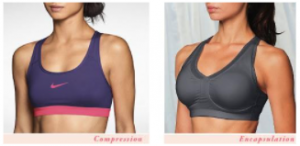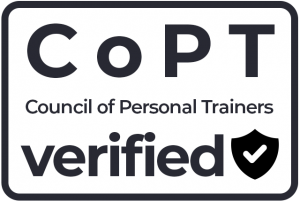The power of the sports bra
By Louisa Hockley
Time to talk all things boobs and bras…
Breasts are one of the leading barriers to female participation in sport and exercise, with a number of exercising women experiencing breast discomfort, embarrassment over excessive breast movement and insufficient education on bra fit and breast support.
Excessive breast movement is common during exercise due to the limited structural support our breasts have anatomically and has been linked to breast pain, poor posture, musculoskeletal pain (neck and shoulders), altered running style and increased risk of injury.
A poorly fitted sports bra can also alter stride length during running, in marathon terms, this equates to running an extra mile! (All because of the wrong size sports bra?!) Breast support in the form of a sports bra is vital as poor breast support impacts sporting performance and can also lead to a loss in tension over time resulting in irreversible breast sag.
Shockingly, 85-100% of women are wearing the wrong size bra. This is due to a lack of standardisation between sizes and across manufacturers, alongside poorly conducted or absent bra fittings, leaves women with limited knowledge regarding bra fit and nearly zero resources to help them when picking a suitable sports bra to meet their training needs.
The two main types of sports bras can be seen below. Compression sports bras are recommended for women with cup sizes A-B and encapsulation sports bras recommended for C-cup and above as they offer increased support for larger breasts.

These three simple steps can help you identify a correctly fitting sports bra:
- Underband – with the underband on the loosest setting, the band should be level and be firmly fitted around the chest. With no more than 5cm give from the side.
- Cups (encapsulation bra only) – east breast should be fully contained within each cup, showing no bulging, or gaping under the arms or at the neckline.
- Straps – shoulder straps should fit securely without digging in, with no more than 5cm give at the shoulder.
What can you do? Book a professional bra fitting service to identify your sports bra size and then figure out what type of sports bra you need to match your training needs. INVEST! Pay for a good quality sports bra that offers you sufficient breast support. Finally, regular bra fittings, and sports bra replacement are essential in the long run to meet training needs and maintain breast health.
If you want to ace your training and reach those PBs, whilst feeling better supported and confident, then spend some time finding the bra that’s right for you. Please feel free to reach out with any questions or if you fancy a chat all things boobs and bras!
Useful resources:
- Bravissimo bra fit finder
- Shock absorber
- The Well HQ (Instagram: thewell_hq) – offer free ‘Train like a woman’ webinars

About the author

